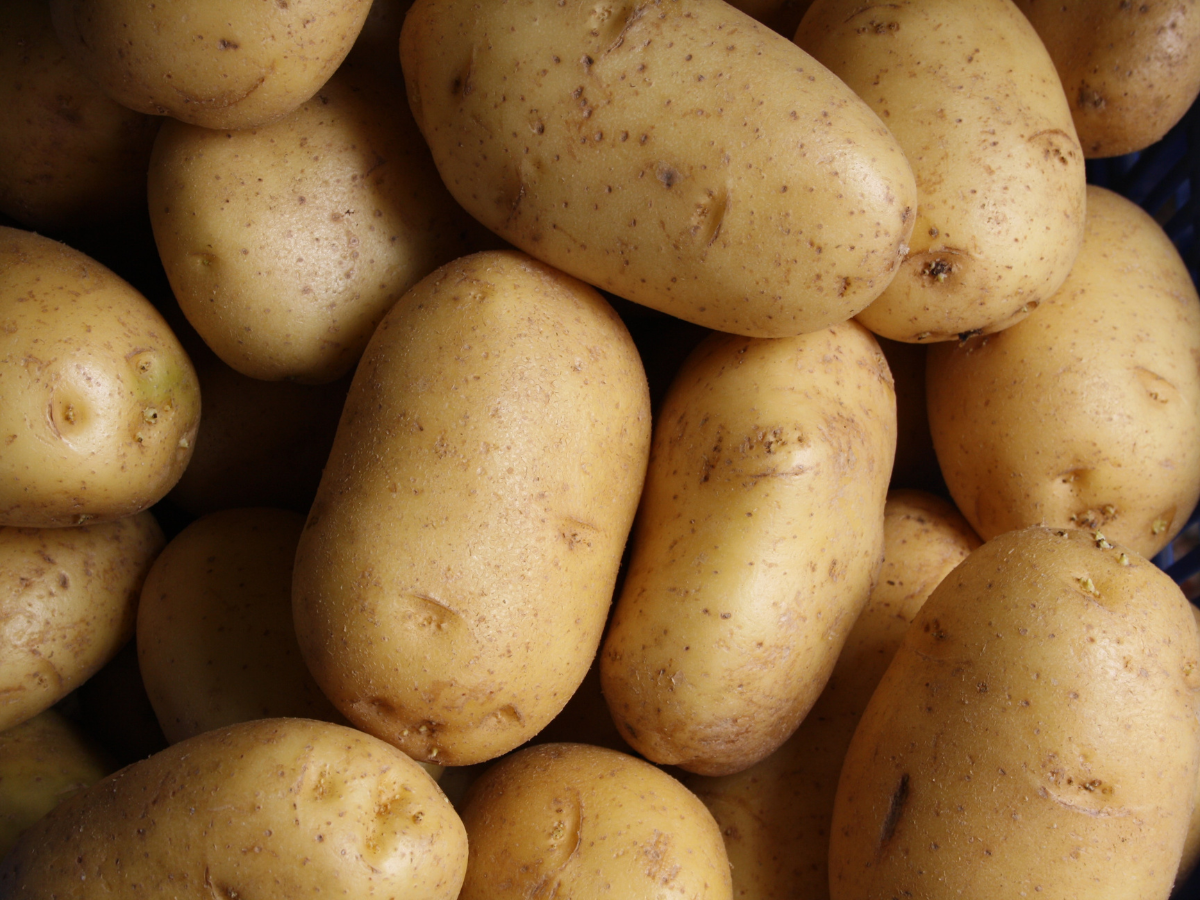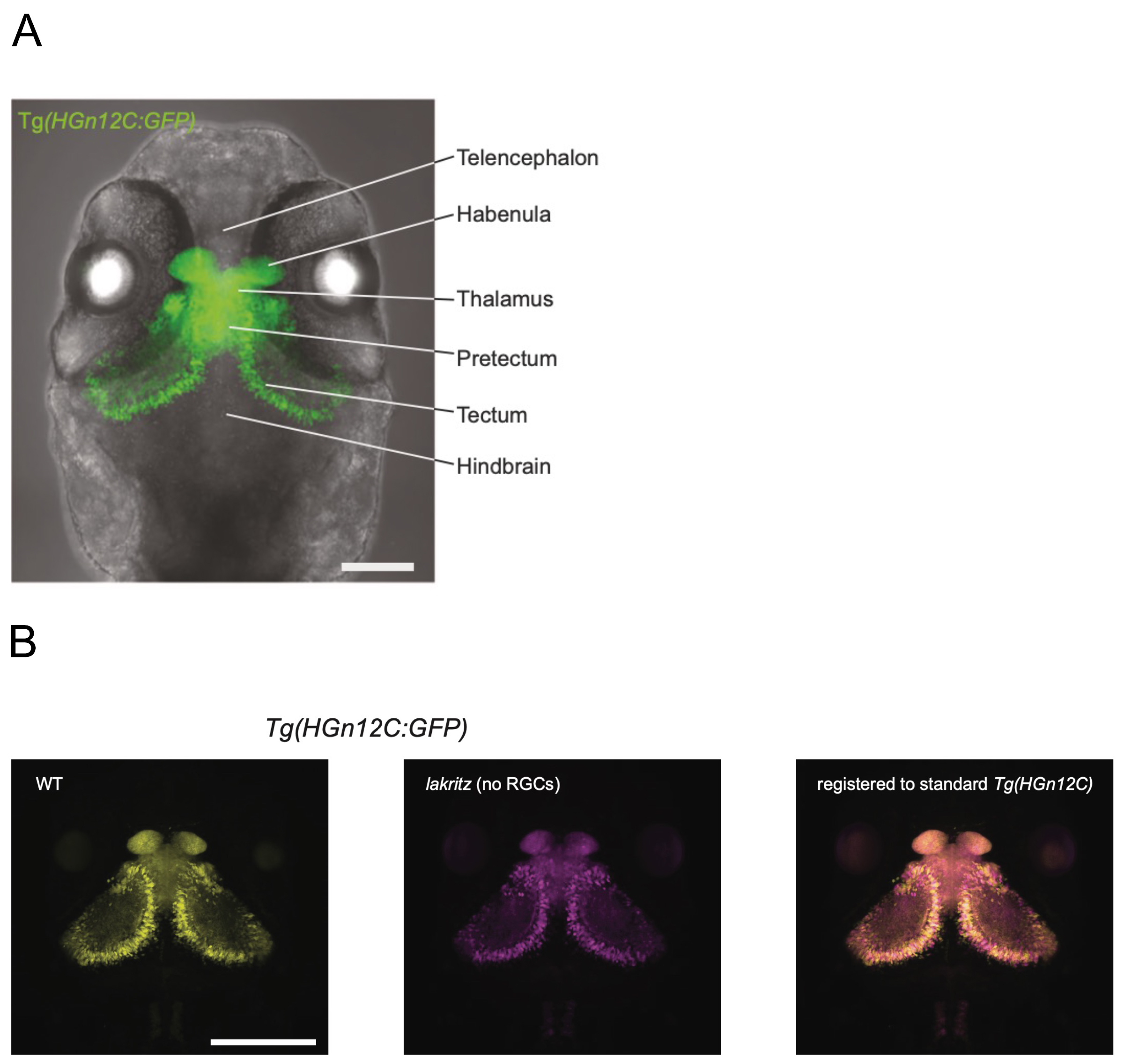2024-01-17 ペンシルベニア州立大学(PennState)
 Penn State researchers identified potato pathogens previously unseen in Pennsylvania. They said the findings could inform methods for detecting and quantifying the pathogens causing blackleg and soft rot in the commonwealth and beyond. Credit: Lars Blankers/Unsplash. All Rights Reserved.
Penn State researchers identified potato pathogens previously unseen in Pennsylvania. They said the findings could inform methods for detecting and quantifying the pathogens causing blackleg and soft rot in the commonwealth and beyond. Credit: Lars Blankers/Unsplash. All Rights Reserved.
◆病気の症状を示すポテトから採取したサンプルを調査し、PectobacteriumおよびDickeyaと呼ばれる細菌による病気を引き起こす新種が確認されました。これにより、今後の管理戦略の開発や病気の疫学に対する理解が進む可能性があります。特に、ポテトの品種ごとにどの病原体が見られるかを知ることで、農家は効果的な対策を講じることが期待されます。
<関連情報>
- https://www.psu.edu/news/agricultural-sciences/story/new-potato-threatening-pathogens-reported-first-time-pennsylvania-us/
- https://www.sciencedirect.com/science/article/abs/pii/S0723202023000851
ペンシルベニア州における症状のあるジャガイモの茎と塊茎から軟腐病ペクトバクテリウム科細菌を同定するためのPectobacteriumとDickeyaタイプ株の多座位配列と表現型解析 Multilocus sequence and phenotypic analysis of Pectobacterium and Dickeya type strains for identification of soft rot Pectobacteriaceae from symptomatic potato stems and tubers in Pennsylvania
Amanda M. Mainello-Land, Shaheen Bibi, Beth Gugino, Carolee T. Bull
Systematic and Applied Microbiology Available online:26 November 2023
DOI:https://doi.org/10.1016/j.syapm.2023.126476
Abstract
Outbreaks of potato blackleg and soft rot caused by Pectobacterium species and more recently Dickeya species across the U.S. mid-Atlantic region have caused yield loss due to poor emergence as well as losses from stem and tuber rot. To develop management strategies for soft rot diseases, we must first identify which members of the soft rot Pectobacteriaceae are present in regional potato plantings. However, the rapidly expanding number of soft rot Pectobacteriaceae species and the lack of readily available comparative data for type strains of Pectobacterium and Dickeya hinder quick identification. This manuscript provides a comparative analysis of soft rot Pectobacteriaceae and a comprehensive comparison of type strains from this group using rep-PCR, MLSA and 16S sequence analysis, as well as phenotypic and physiological analyses using Biolog GEN III plates. These data were used to identify isolates cultured from symptomatic potato stems collected between 2016 and 2018. The isolates were characterized for phenotypic traits and by sequence analysis to identify the bacteria from potatoes with blackleg and soft rot symptoms in Pennsylvania potato fields. In this survey, P. actinidiae, P. brasiliense, P. polonicum, P. polaris, P. punjabense, P. parmentieri, and P. versatile were identified from Pennsylvania for the first time. Importantly, the presence of P. actinidiae in Pennsylvania represents the first report of this organism in the U.S. As expected, P. carotorvorum and D. dianthicola were also isolated. In addition to a resource for future work studying the Dickeya and Pectobacterium associated with potato blackleg and soft rot, we provide recommendations for future surveys to monitor for quarantine or emerging soft rot Pectobacteriace regionally.


